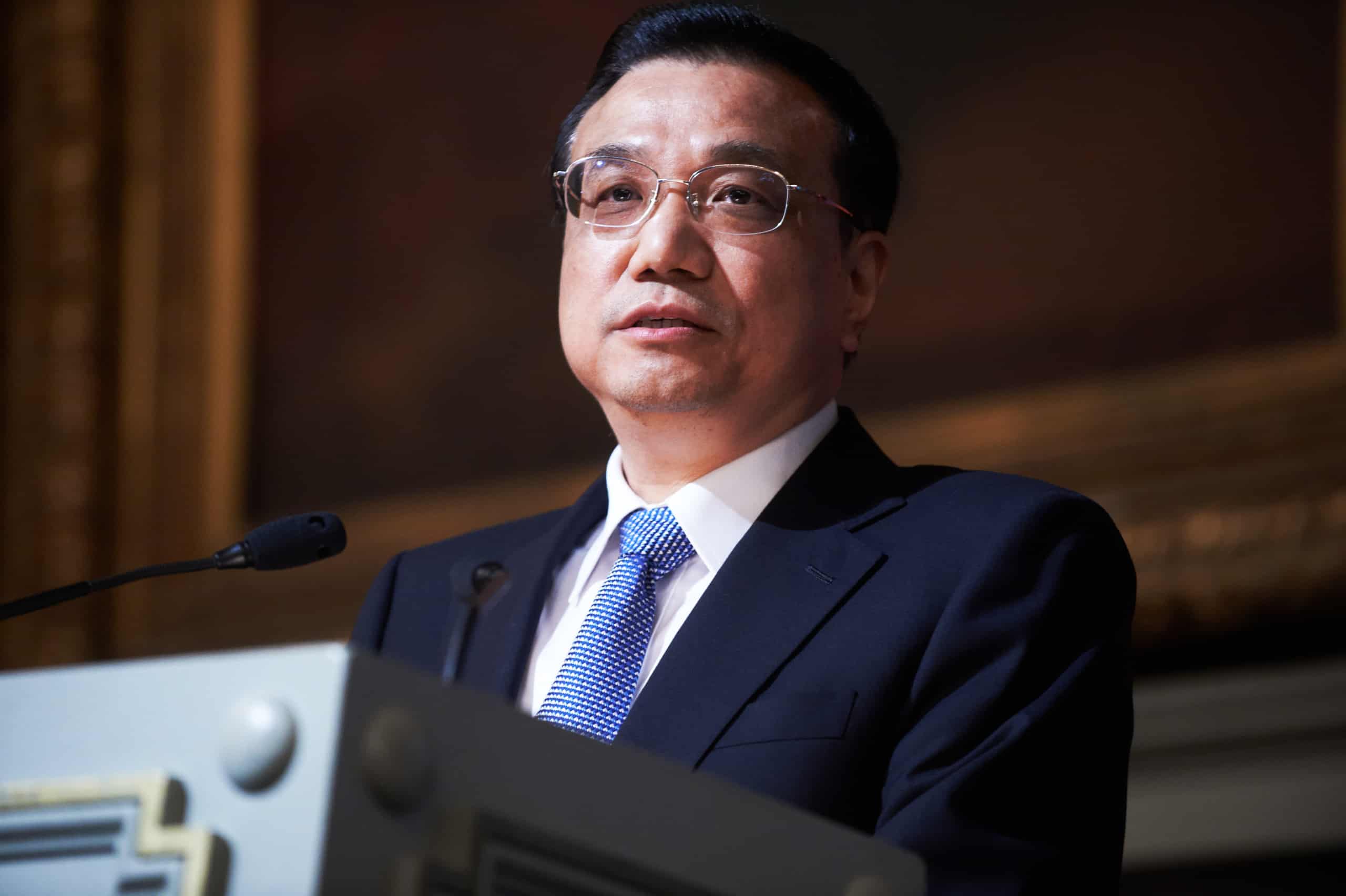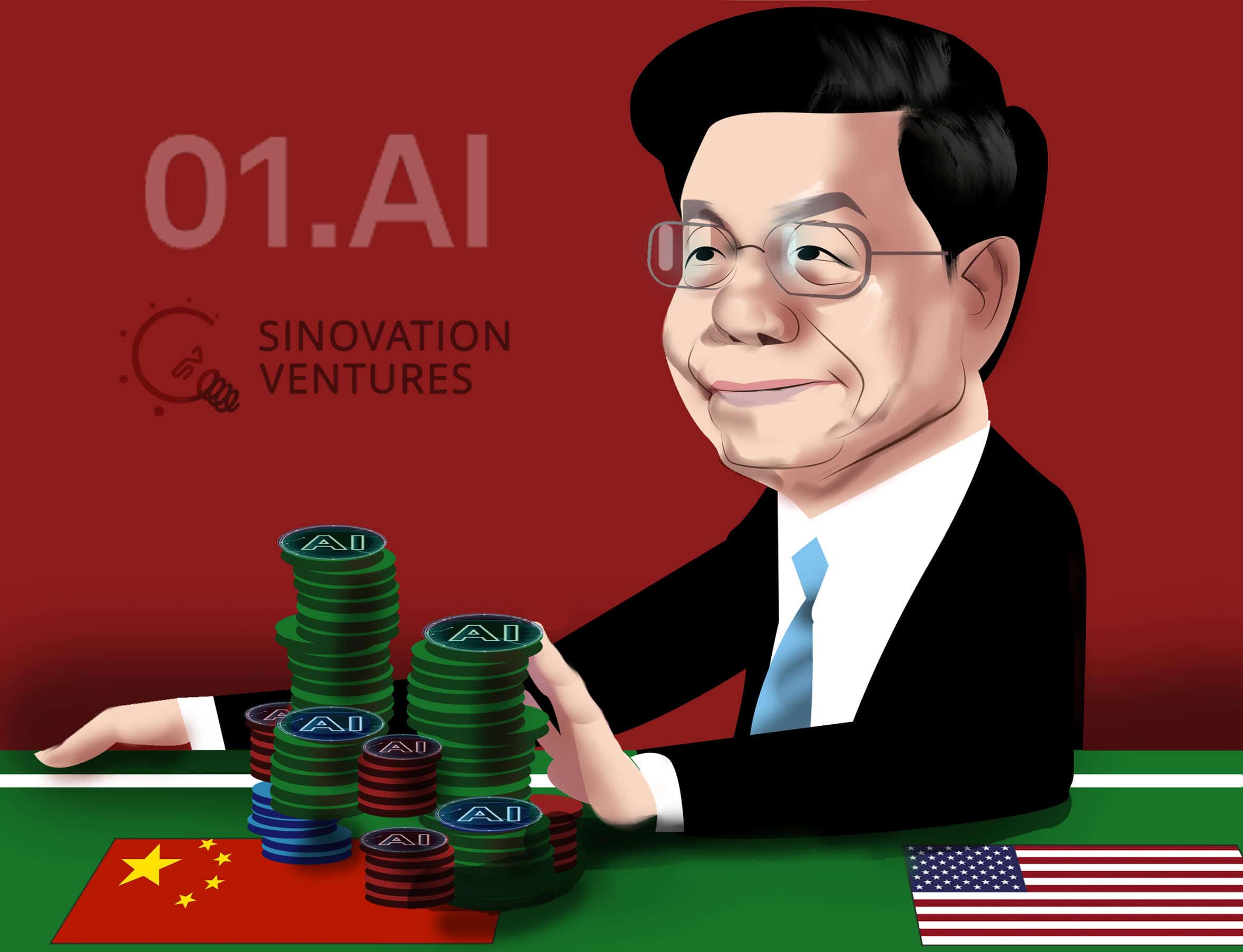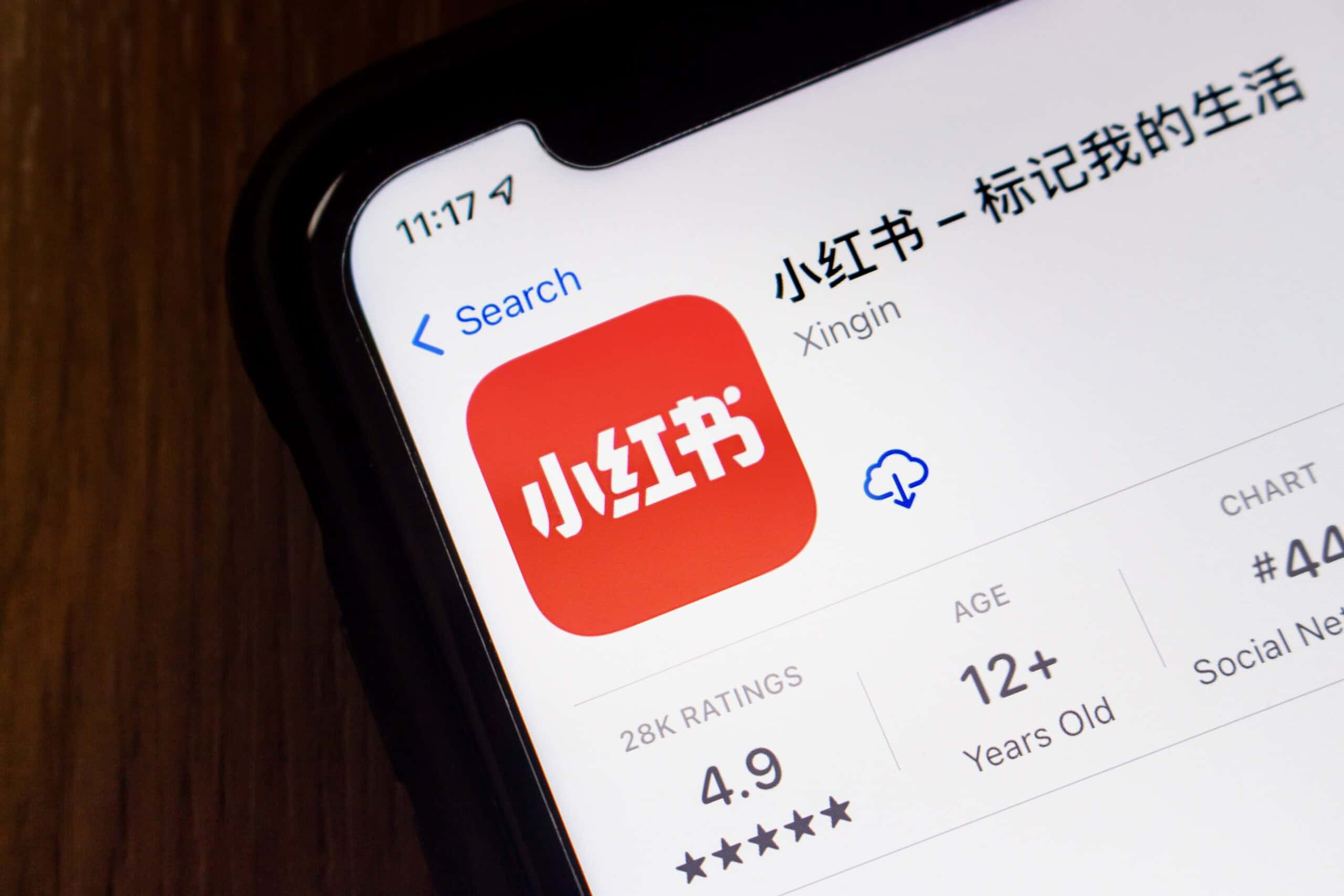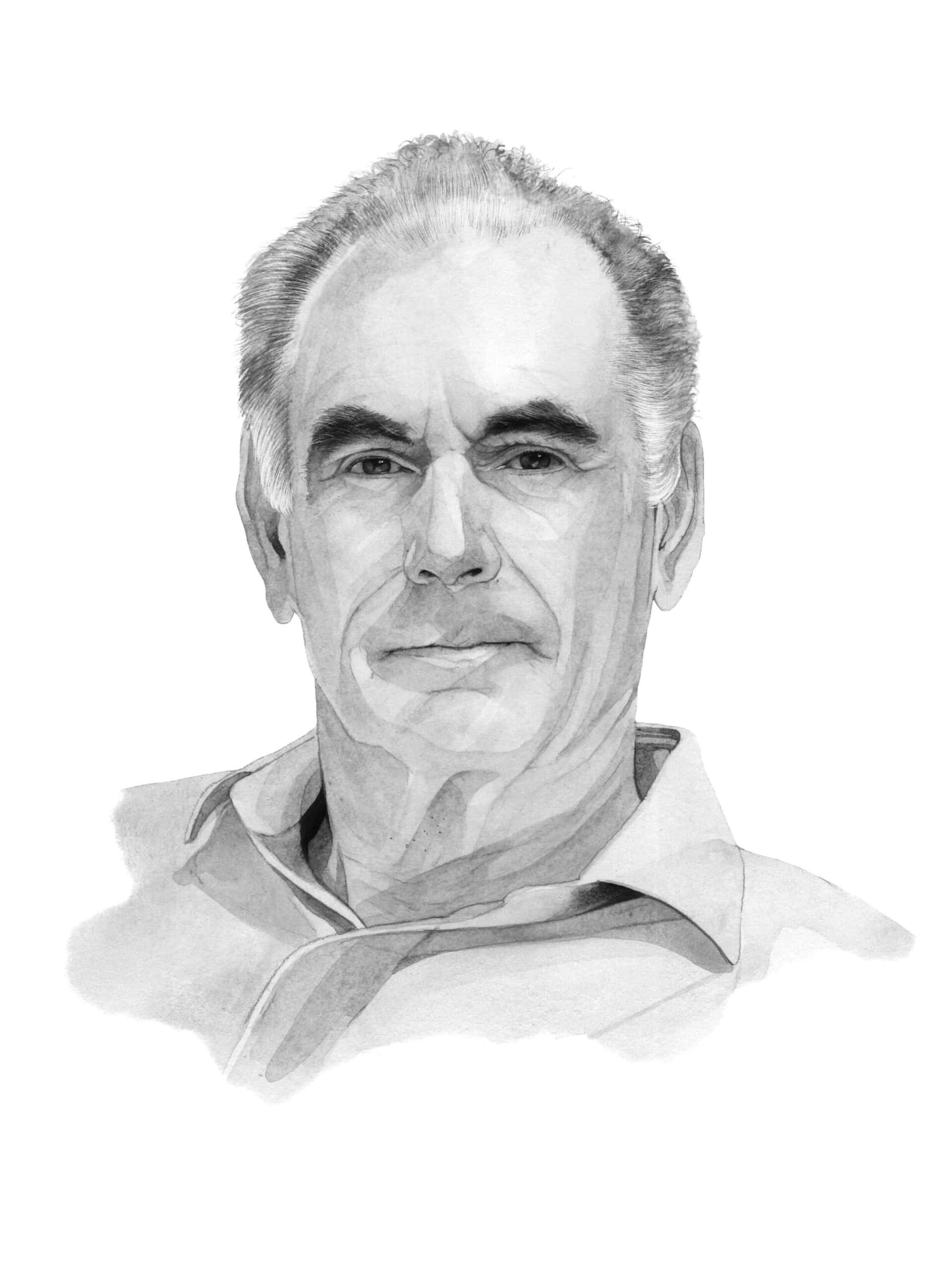
NEW YORK – In early March, Premier Li Keqiang announced that China is targeting GDP growth of “about 5.5 percent” this year. That would be ambitious even without Russia’s war against Ukraine and the attendant increases in global energy and food prices. Back in January, for example, the International Monetary Fund forecast that the Chinese economy would grow by only 4.8 percent in 2022. And in 2019, the last full year before the COVID-19 pandemic, GDP increased by just under 6 percent.
By my calculation, the decline in China’s working-age population is reducing the economy’s potential growth rate by roughly 0.2 percentage points a year. So, if all other factors were like those prevailing in 2019, China’s GDP could potentially grow in 2022 by about 5.4 percent.
But today, both the Ukraine war and an expected series of interest-rate increases by the U.S. Federal Reserve this year have made the external environment much less favorable to growth. The OECD estimates that the recent spike in energy and food prices triggered by the conflict will reduce global GDP growth by more than one percentage point. Given that China is a big importer of oil, gas, wheat, and other commodities, its growth could slow by a similar amount.
Rate hikes by the Fed — the first of which came on March 16 — will likely further depress emerging-market growth. This will occur through a combination of reduced export demand in high-income countries, capital-flow reversals away from developing countries, and possible foreign-currency debt crises.
China can mitigate these risks to some extent. For example, by not participating in the Western-led sanctions against Russia, China may be able to purchase gas, petroleum, and other products from Russia at pre-war prices.
China may also be able to withstand higher U.S. interest rates better than many other developing countries for three reasons. Because China’s capital controls partly insulate its monetary policy, the domestic interest rate need not mechanically follow that of the United States. As China’s foreign-currency debt is small relative to both its GDP and its foreign-exchange reserves, the likelihood of a foreign-currency debt crisis is remote. And with much of the foreign capital in China consisting of foreign direct investment (think General Motors or DuPont, for example), a reversal of capital flows is less of a concern than it is for countries that rely more on international bank lending or bond financing.
But it will be difficult for China to offset these two negative external factors completely. After all, lower growth and higher uncertainty in other parts of the world will translate into reduced demand for Chinese exports, implying a net negative impact on growth.
Achieving GDP growth of 5.5 percent in 2022 will be highly challenging. But, if policymakers revert to market-oriented reforms and regulation, it remains feasible.
Several domestic factors also add to the downward pressure on China’s growth in 2022. A spate of regulations in the past year and a half concerning antitrust, privacy protection, online education, and greenhouse-gas emissions have suppressed production in some sectors and dampened overall investor sentiment. Leverage restrictions have created a small recession in the real-estate sector, which has spilled over to related industries such as steel, cement, home electronics, and furniture.
Many of the new regulations can be justified on economic grounds and have counterparts in advanced economies. But the way they have been devised and implemented has contributed to a sense of unpredictability, not only in the sectors directly affected, but also in the economy as a whole. Heightened uncertainty has discouraged both innovation and investment by firms and consumption by households, pulling down growth in the last quarter of 2021 and the first three months of 2022.
China’s “zero-COVID” public-health strategy also has fueled uncertainty by requiring periodic and often unpredictable partial lockdowns that disrupt production and livelihoods. That strategy probably could be justified in 2020-21 in terms of the number of lives it saved. But the social cost-benefit calculation for the same approach looks much less favorable in 2022, given the greatly diminished rates of serious COVID-19 infections and mortality for fully vaccinated people and the increasing effectiveness and availability of oral pills and other treatments.
In addition, when the pandemic disrupted production in other countries in 2020-21, Chinese firms ramped up output to cover supply shortages. But as new coronavirus variants become less deadly and more transmissible, and as most other countries shift this year to “living with the virus,” China’s zero-COVID strategy could result in a much greater loss of domestic output and income.
The Chinese authorities now appear to be adjusting their regulatory approach and reasserting their support for private-sector firms. But while recent statements to that effect by Vice Premier Liu He prompted an initial rise in Chinese stock prices, only concrete policies are likely to restore entrepreneurs’ confidence and spur more private-sector investment and innovation.
To adjust their COVID-19 strategy, policymakers need to solve the “last mile” problem of administering the full complement of vaccines to the remaining less-than-fully-inoculated population and ramp up production of COVID-19 antiviral pills.
If all goes well, China will achieve growth this year of close to but perhaps still below 5.5 percent. To reach its target and maintain moderately high growth rates in future years, the country needs a productivity revolution that will help to lift potential growth.
China will not achieve this through monetary or fiscal stimulus, or even with an industrial policy that subsidizes investment in research and development. The country must instead return to a key ingredient of its economic success in the past four decades, namely, giving the market a more decisive role in allocating capital and other resources, and reinvigorating entrepreneurial dynamism, including in online sectors.
Achieving GDP growth of 5.5 percent in 2022 will be highly challenging. But, if policymakers revert to market-oriented reforms and regulation, it remains feasible.
Copyright: Project Syndicate, 2022.

Shang-Jin Wei, a former chief economist at the Asian Development Bank, is Professor of Finance and Economics at Columbia Business School and Columbia University’s School of International and Public Affairs.



